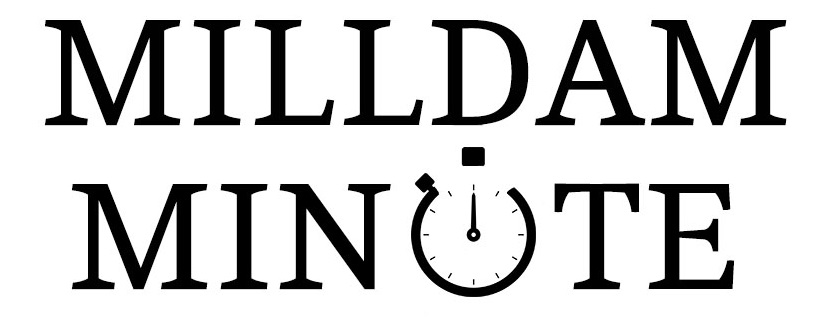This year has featured a variety of PR nightmares that have surfaced in the media, creating negative reputations for companies across the globe. As one adverse scenario leads to another, the overall culture, mission and values of businesses rapidly become destroyed as information is interpreted (or misinterpreted) by the public.
For instance, the recent United Airlines controversy began with the mistreatment of a passenger. Less than three weeks after this incident, a new story about a suspicious death of a rabbit on one the airline’s flights emerged to create even more of a PR disaster. Currently, Uber, one of the fastest growing companies in America, is dealing with its own timeline of negative events that have infiltrated social media and altered the opinions of millions of app-users, leading to the Founder & CEO’s resignation. From sexual harassment allegations to a lawsuit with Google and a criminal investigation into a secret software tool, it seems almost impossible to keep up with this PR catastrophe.
Both CEOs and employees of these companies have responded to the different crises. However, did they respond properly? Did they genuinely show concern for their audience in an effective manner? Or, did these individuals harm the outlook of their employers by making the situation even worse?
The following are a few preventative strategies that can be implemented to solve ongoing PR crises and strengthen corporate messaging:
Employ a Gatekeeper
When United Airlines first responded to the passenger removal incident, the company apologized for the “overbook situation.” Later, Oscar Munoz, CEO of United Airlines responded with his own less-than-sincere statement which included the line, “I apologize for having to re-accommodate these customers.” Both statements were failed apologies that diverted from the issue of the company’s unacceptable behavior. By the third apology, Munoz finally mastered how to properly acknowledge the situation in an interview on Good Morning America.
There should not have been several improper statements released by the company and its CEO. Businesses of any size need to use a persistent editorial process managed by a gatekeeper that closely analyzes any information, statement, etc., before being released for public consumption. Ideally, the gatekeeper should be a highly trained and capable individual that oversees the communications process and edits material, so that simple phrasing mistakes are avoided before they generate negative attention in the media. They should also be in charge of developing and implementing a crisis communications plan when it’s needed. As the clock ticks after a mishap, answers need to be delivered quickly but correctly.
Keep Your Social Statements Brief
When Travis Kalanick, former Uber CEO, responded to comments made by Senior Vice President Emil Michael, he did so by sending fourteen rambling tweets from his personal account. However, not one of these tweets directly answered a question or gave resolution to the concerns voiced by Michael. Commenting on Michael’s character, Kalanick used inflammatory and unnecessary language, such as “terrible.” Coming from the CEO of a popular world-wide business, the posts were unorganized, belittling, and extremely damaging to the Uber brand.
Social media is a prominent voice in our society and an outstanding marketing tool for businesses. Twitter is very beneficial in this context because it allows businesses to release information in a quick and concise manner (the limitation of 140 characters per tweet forces us all to keep our message focused). If Kalanick’s goal was to reach out to the public with a response to the issues Michael raised, he should have sent out one effective tweet using sensible diction that briefly addressed the problem and the next actionable steps. His “Twitterstorm” diverted from the original issues as the use of social media added even more fuel to Uber’s PR fire. Additionally, a more lengthy and organized response via Facebook status would have achieved a much more successful resolution in this type of scenario.
Honesty and Explanation
The 2017 Oscars “Moonlight vs. La La Land” misinterpretation has creating a lasting impression of public humiliation through human error. When the crisis struck, viewed by millions of people over national television, the public became eager for details: How do the cast members of La La Land feel? How could something so simple turn into such a fiasco? And lastly, how exactly did this happen?
Oscar accountants, Price Waterhouse Cooper responded the day after the mishap with the answers that the public needed to know and handled the watershed moment in a dignified manner. The response was timed correctly (early Monday morning–the day after the awards show aired), offered an honest explanation, revealed the company’s concern in treating the issue seriously, and ultimately offered steps to be implemented in the future that will help avoid a repeat occurrence.
This example perfectly shows how distinct communication approaches can be an advantage in times of turmoil. Disasters cannot be erased and only become worse when the media dictates the story and your solution is to proffer negative responses. However, simple methods such as utilizing a gatekeeper to avoid a communications crisis, employment of a communications plan when problems arise, and awareness of sound social media strategy can help make all the difference as a negative story unfolds.
 Alexis Ahern authors the column “Lexi’s Lexicon” and is an Account Executive for Milldam Public Relations.
Alexis Ahern authors the column “Lexi’s Lexicon” and is an Account Executive for Milldam Public Relations.


